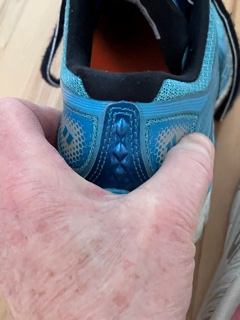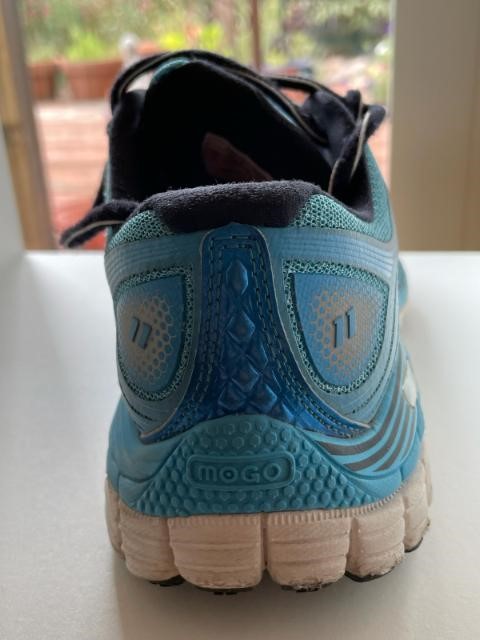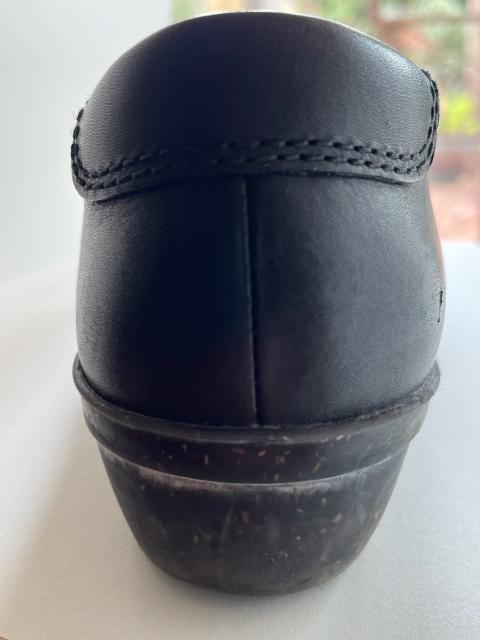In this 3-part series, I’ve been helping you to determine the optimal shoe features for your particular foot. Part 3 will look at what shoes may be best for a person with high arched feet. If you missed Parts 1 and 2 you can read them here.
Let’s get started on Part 3!
As we learned in Part 1, the foot needs to be mobile early in the walking cycle, for shock absorption and adapting to the ground, and rigid later in the walking cycle, to propel the body forward.
Your high-arched foot is rigid because of its interlocking bone structure. So you have what you need for the later part of the walking cycle, which is great! Your rigid foot is excellent for propelling the body forward and helping you to take a nice, long step. However, it may be at a disadvantage during the early stages of the walking cycle, when you need flexibility for shock absorption and to adapt to any unevenness underfoot. With insufficient shock absorption, ground reaction forces travel up your leg and can adversely affect your hip, pelvis and back. With insufficient flexibility in your foot on uneven ground, you have a higher risk of falling or spraining your ankle.
The good news is that the right shoe can make up for the shock absorption and adaptability your high-arched foot lacks. A soft and mobile shoe with added cushion can make a big difference!
Here are 3 simple tests you can perform in the shoe store to find a soft and mobile shoe. Two of these tests are used by people with flatter feet. However, you will make different choices based on the results!
Heel Counter Squeeze
The Heel Counter is the back part of your shoe where your heel sits.
Place your thumb and forefinger on either side of the heel counter. Pinch the sides together.

For high-arched feet, a shoe where you can easily squeeze the sides together, like this black shoe, is a better shoe for you.

If the heel counter remains firm, like this blue shoe, this is not a good shoe for you. It’s too stiff and rigid.
Twist Test
Hold the back of the shoe with one hand and the toes of the shoe with the other hand. Try to twist the shoe.
[Photo of back of twisted black shoe here]

If it’s easy to twist, like the black shoe, it’s a good shoe for you.

If it’s harder to twist, like the blue shoe, it is not a good shoe because it’s too rigid.
Back of the Shoe Test

Look at the back of the shoe. The sole should flare slightly outward like the shoe above. This will add stability to the outside of your foot and decrease the risk of twisting your ankle.

Avoid shoes where the sole slants inward, like the shoe above. This is a less stable shoe.
And to add shock absorption, be sure your shoes have plenty of cushioning!
How much does wearing the right shoe matter?
It depends. If you are not having any problems with your feet or back or spraining your ankle, it’s probably not important that all your shoes meet the criteria above. However, if you are walking for exercise or having problems, the right shoes may help!
Thanks for reading!
